It’s safe to say that I’m pretty much obsessed with Old Hollywood. Really obsessed! If you walk into my dorm, you’ll see the walls practically telling you themselves; they’re covered in black-and-white portraits of my favorite Old Hollywood stars—Marilyn Monroe, Audrey Hepburn, Grace Kelly, and Elizabeth Taylor, in that specific order.
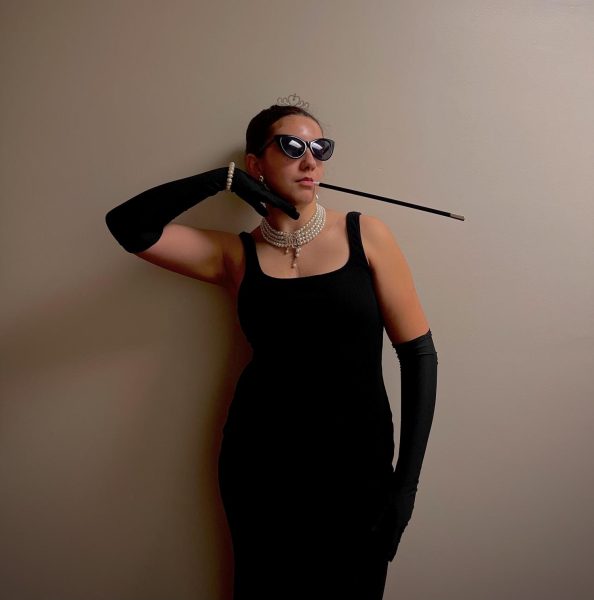
The more I stared at those faces, the more a question started circling around my mind: why do these celebrities, from decades ago, still feel more iconic than the celebrities we have now? Why does Marilyn’s windblown white dress from “The Seven Year Itch” or Audrey’s little black dress immediately pop into everyone’s mind, but most modern stars don’t seem to leave that same long-lasting mark?
Trying to find answers to that simple question led me down a rabbit hole of research and into an interview with Mr. Packnick, who previously taught Film Theory at Grier. What I found is that the answer lies in the way Hollywood operated back then and how much the world around it has changed since.
The Golden Age of Hollywood: Icons Are Born
When you think of Hollywood, what do you think? I bet you’re probably picturing palm trees, red carpets, and the iconic white Hollywood sign on the hills of LA. I can also bet that somewhere in your mind, you imagined stars like Marilyn Monroe or Grace Kelly, even if you weren’t alive during the 50s and 60s. This isn’t just random; it’s the result of a very specific period of time in cinema history: The Golden Age of Hollywood.
From the 1910s to the early 1960s, the Hollywood movie industry was dominated by what’s known as the studio system. Major studios like MGM, Paramount, Warner Brothers, and 20th Century Fox didn’t just make movies; they “owned” the stars themselves. Actors signed long-term contracts with these studios, almost like signing their lives away. “It restricted their ability to do whatever they wanted,” Mr. Packnick said. “They had to do certain projects, even ones they didn’t want.”

They were fully controlled by these studios–not only in what kind of work they could participate in but also their entire public image. “They produced and promoted one actor in everything,” Mr. Packnick explained. “You went to see a Cary Grant movie, not just a movie that happened to star Cary Grant,” Mr. Packnick said. Stars were put through rigorous training programs for acting, singing, dancing, and etiquette. Studios carefully picked their roles, monitored their personal lives, and even managed their public relationships and press coverage.
Studios even controlled the names and public personalities of their actors. The article “Movie Stars in the Studio System: Secrets and Rules” by Benjamin McVay explains that studios “packaged” stars, teaching them how to act, walk, talk, and dress in ways that would fit a certain public ideal. Physical makeovers were also part of the deal; everything from hairstyles to smiles were altered.
Take Marilyn Monroe, aka Norma Jeane Mortenson, for example. Her image was entirely constructed by 20th Century Fox. Her platinum blonde hair, her soft and breathy voice, her signature pout, and even her name. As a result, a cultural icon was born, whose influence still makes an impact even after her death.
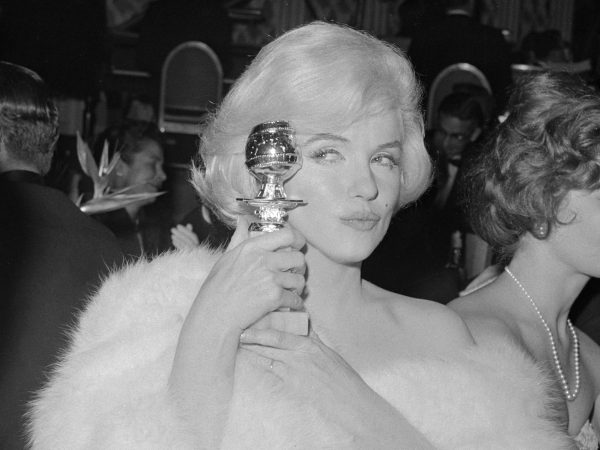
In this era, the studio system offered the audience a dream. It wasn’t about seeing stars in their natural state; it was about seeing them as flawless, perfected characters both on and off the screen. Everything was part of the studios’ master plans to turn these stars into larger-than-life figures that audiences could idolize. And it worked: I’m living proof!
Because their images were so carefully curated, Old Hollywood stars gained something today’s celebrities almost never have: “mystique.” They weren’t “accessible.” You didn’t see Grace Kelly posting her lunch on Instagram or Elizabeth Taylor tweeting her daily moods. Instead, fans had to rely on polished magazine spreads, movie premieres, and limited public appearances. This gave them a sort of distance, an unattainable glamour that made them feel like they belonged to a different world.
But the power of Old Hollywood wasn’t only built on image. Behind the scenes, Hollywood was becoming a global empire. According to “Film History: An Introduction” by Kristin Thompson and David Bordwell, the international market for American films exploded after World War II, especially thanks to the Motion Picture Export Association of America (MPEAA) which “was responsible for coordinating American exports, negotiating prices, and making sure that Hollywood firms presented a united front abroad.” The U.S government even helped push Hollywood films internationally because they saw them as “propaganda for American democracy.” This huge global reach helped stars like Elizabeth Taylor and Grace Kelly get exposure way beyond the U.S, turning them into the true global icons we now know them as.
The Decline of the Studio System: The End of an Era
Of course, all good things, or in this case, all carefully controlled illusions, eventually come to an end.
After World War II, the Hollywood studio system began to weaken. According to Thompson and Bordwell, “Attendance steadily shrank, from about 98 million viewers per week in 1946 to about 47 million in 1957. About 4,000 theaters closed during that decade.” One of the biggest reasons was the rise of television. For the first time ever, people could be entertained from the comfort of their own living rooms. No need to dress up and go to the movies. I mean, I get it.
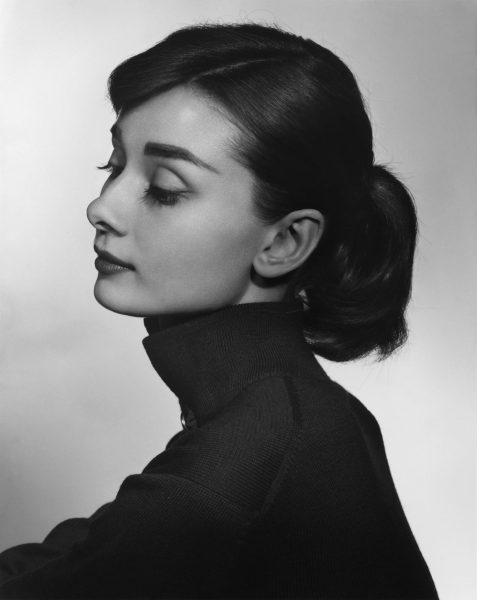
Another major shift was the end of vertical integration. I know that sounds like a fancy term, but it just means that studios could no longer own both the production and the distribution (the theaters themselves). The 1948 Supreme Court case, “United States v. Paramount Pictures, Inc.” forced the big studios to sell off their theaters, making the industry more open to independent producers.
In response, major studios cut back on big, expensive productions, and independent filmmakers quickly stepped in, creating cheaper and more sensational movies aimed at a brand new audience: teenagers. Built less around A-list actors or polished scripts and more around shock value and marketing, these are popularly known as “exploitation films.” Thompson and Bordwell explain that companies like American International Pictures (AIP) zeroed in on “the gum-chewing, hamburger-munching adolescent dying to get out of the house on a Friday or Saturday night,” creating fast, low-budget hits like “I Was a Teenage Frankenstein” and “Hot Rod Girl.”
Even though this new wave of film was extremely profitable, it pulled the spotlight away from the old-school “star system.” Actors didn’t have to be handpicked and carefully shaped by studios to make it big anymore. Fame started to feel more accessible, but it also became more temporary. Rather than real talent or classic Hollywood mystique, it felt tied to whatever was trending at the moment.
Social Media and The Age of Oversharing: The Death of Mystique
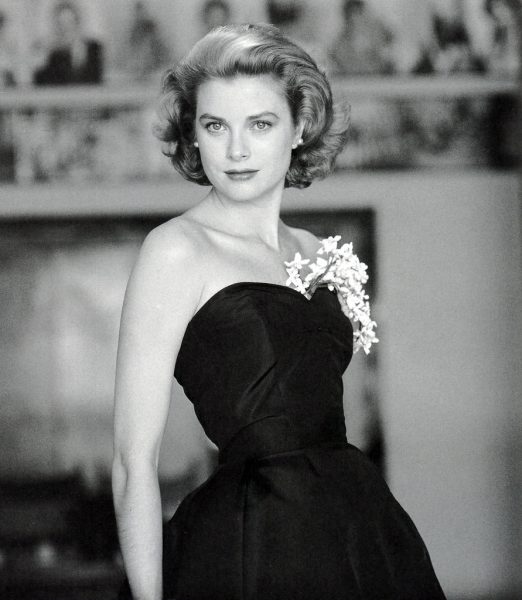
Fast forward to today, and the world of celebrities looks a lot different. Social media turned the old formula for fame completely upside down.
Thanks to the rise of social media, celebrities post everything to their millions of followers: selfies from their beds, live streams of their workouts, their daily coffee orders. At first glance, this seems great. It humanizes celebrities and makes them feel more real. While this gives their fans the illusion of closeness, as if you’re their “friend,” it also strips away the mystery that once defined who was a star. When you see a celebrity’s breakfast, gym routine, skincare mishaps, political opinions, and family drama all in the same week, the sense of magic and mystery fades. As the article “Movie Stars in the Studio System: Secrets and Rules” by Benjamin McVay puts it, the modern fame cycle is so fast and so exposed that “the constant exposure can lead to overfamiliarity, making it challenging for modern celebrities to maintain the larger-than-life personas that defined 1960s icons.”
Honestly, being in the spotlight all the time has made fame feel pretty disposable. These days, stars blow up overnight and fade just as fast, especially with social media. Everyone is always looking for the next big thing. Back in the Old Hollywood days, stars actually built careers and legacies that lasted for decades.
It’s no wonder that people like me continue to romanticize the old Hollywood era. There was something untouchable about those stars, a sense that you were seeing someone extraordinary, not just another person with an iPhone and an Instagram filter.
Why Old Hollywood Stars Still Feel Iconic Today
So to answer my original question: Why do Marilyn Monroe, Audrey Hepburn, and Grace Kelly still feel more iconic than, say, Kim Kardashian, Sydney Sweeney and the rest of the celebrities today?
Because they were designed to.
“I think they might have been more iconic because there weren’t as many people as today,” Mr. Packnick said. “Today, we can have everybody be a celebrity. There’s no qualifications to have. I don’t know if that makes it better or not,” he explained
The studio system created legends, not just actors. They were seen as the definition of beauty, style, and perfection. Since their lives were so controlled, fans could only imagine who they really were, making it even easier to turn them into something larger than life.
Now, that line between public and private barely exists. Celebrities today might feel more “relatable,” but they almost never feel iconic.
That gap between mystery and overexposure, between picture-perfect and painfully real, is exactly why Old Hollywood stars still seem to shine brighter.
So the next time I glance up at the wall in my dorm and see Grace Kelly’s smile or Audrey Hepburn’s perfect eyebrows, I’ll know exactly why they still seem to shine brighter than any celebrity on my TikTok For You Page. Because they weren’t just famous; they were icons.

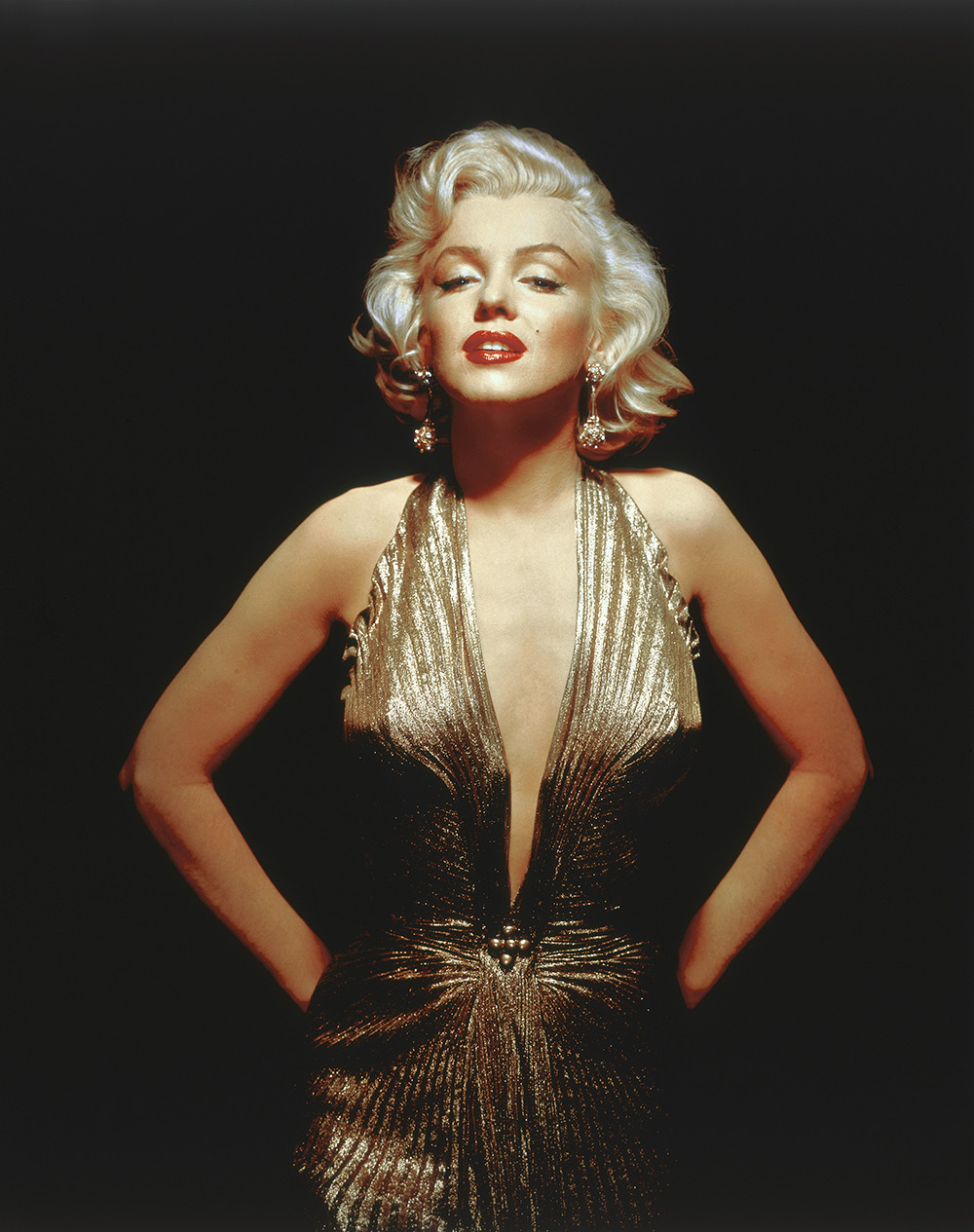
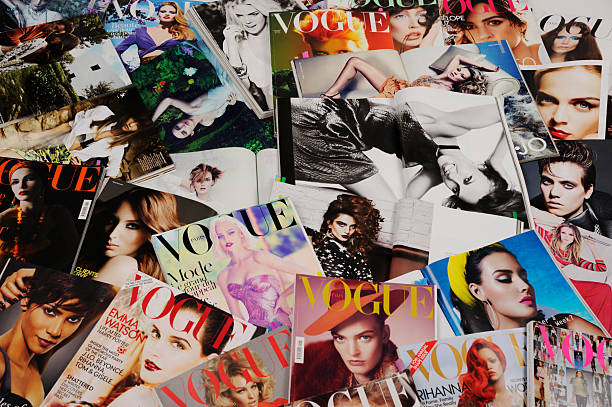
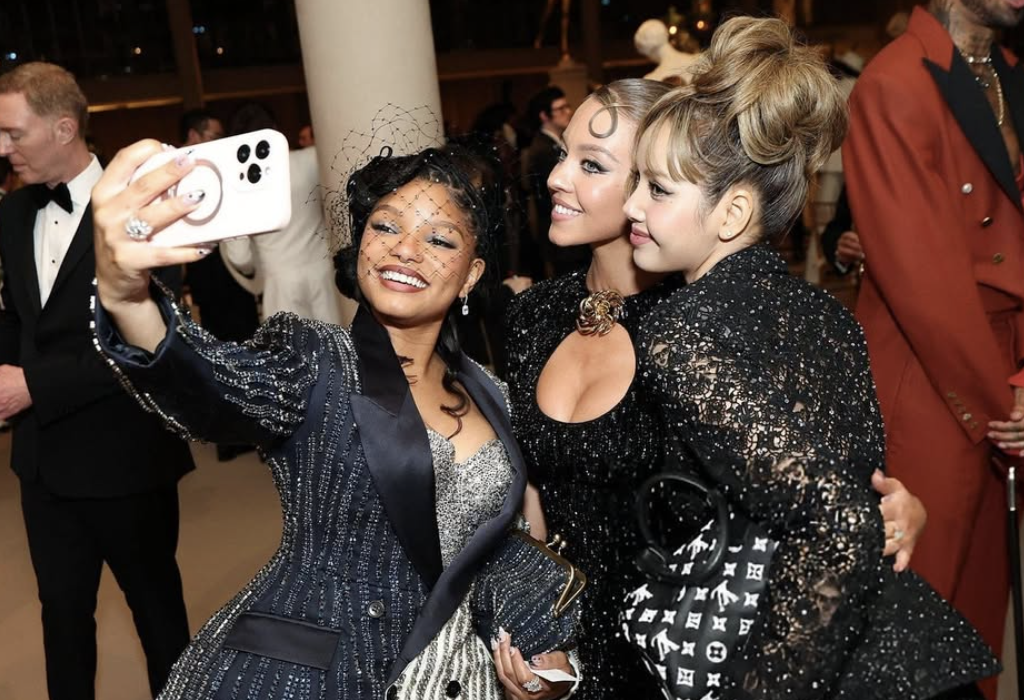



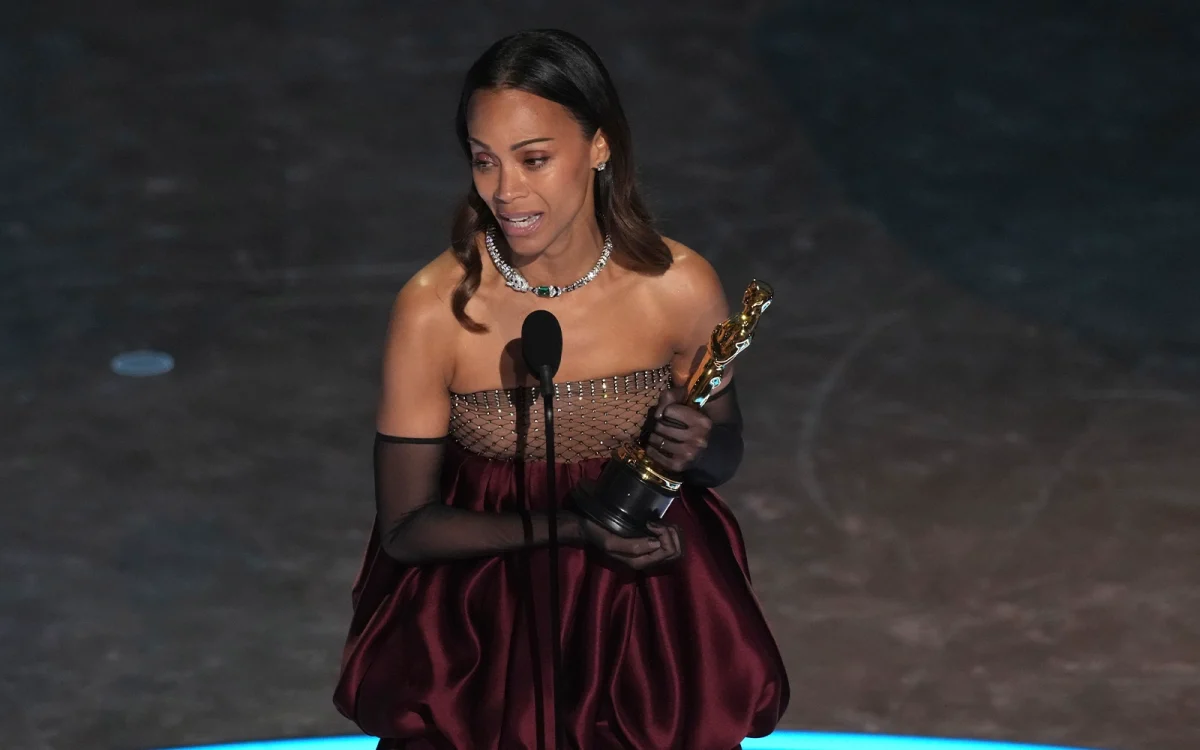

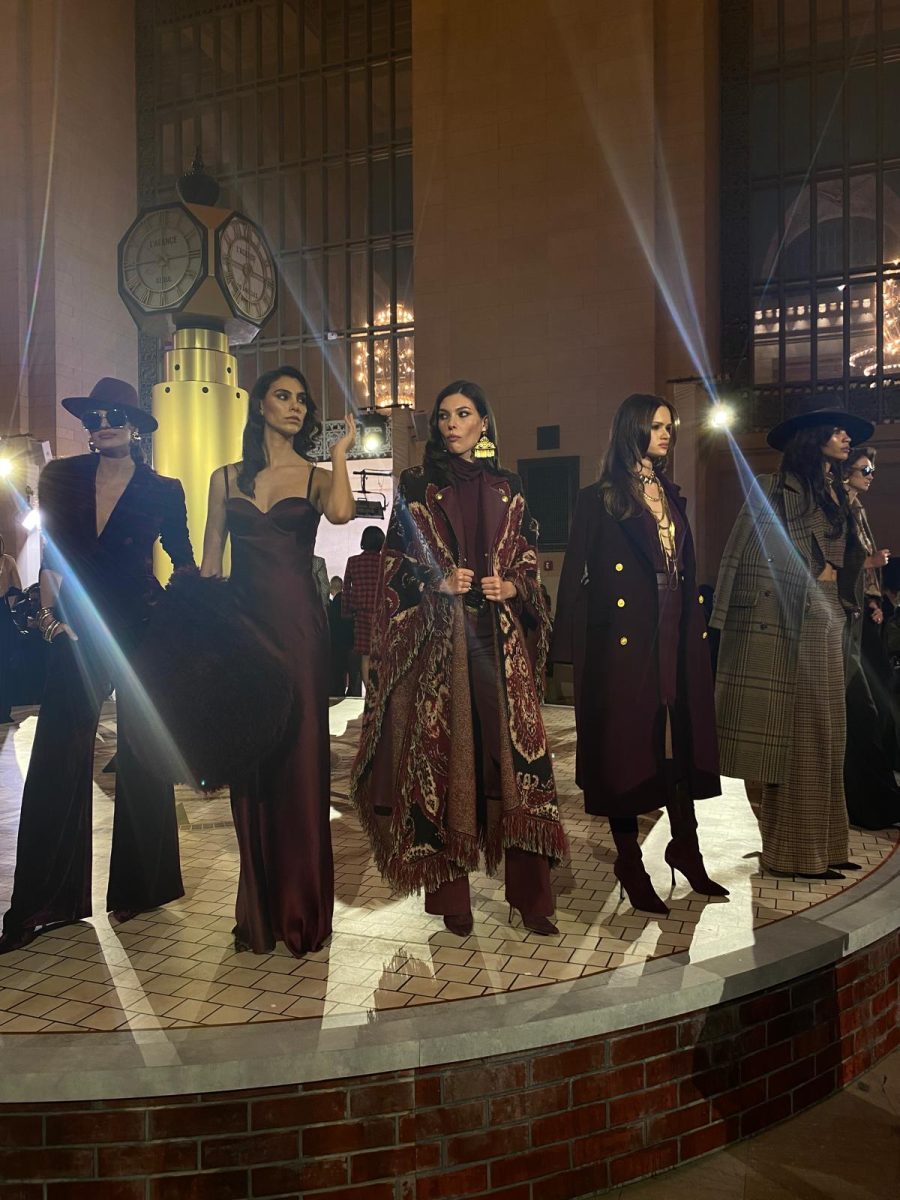

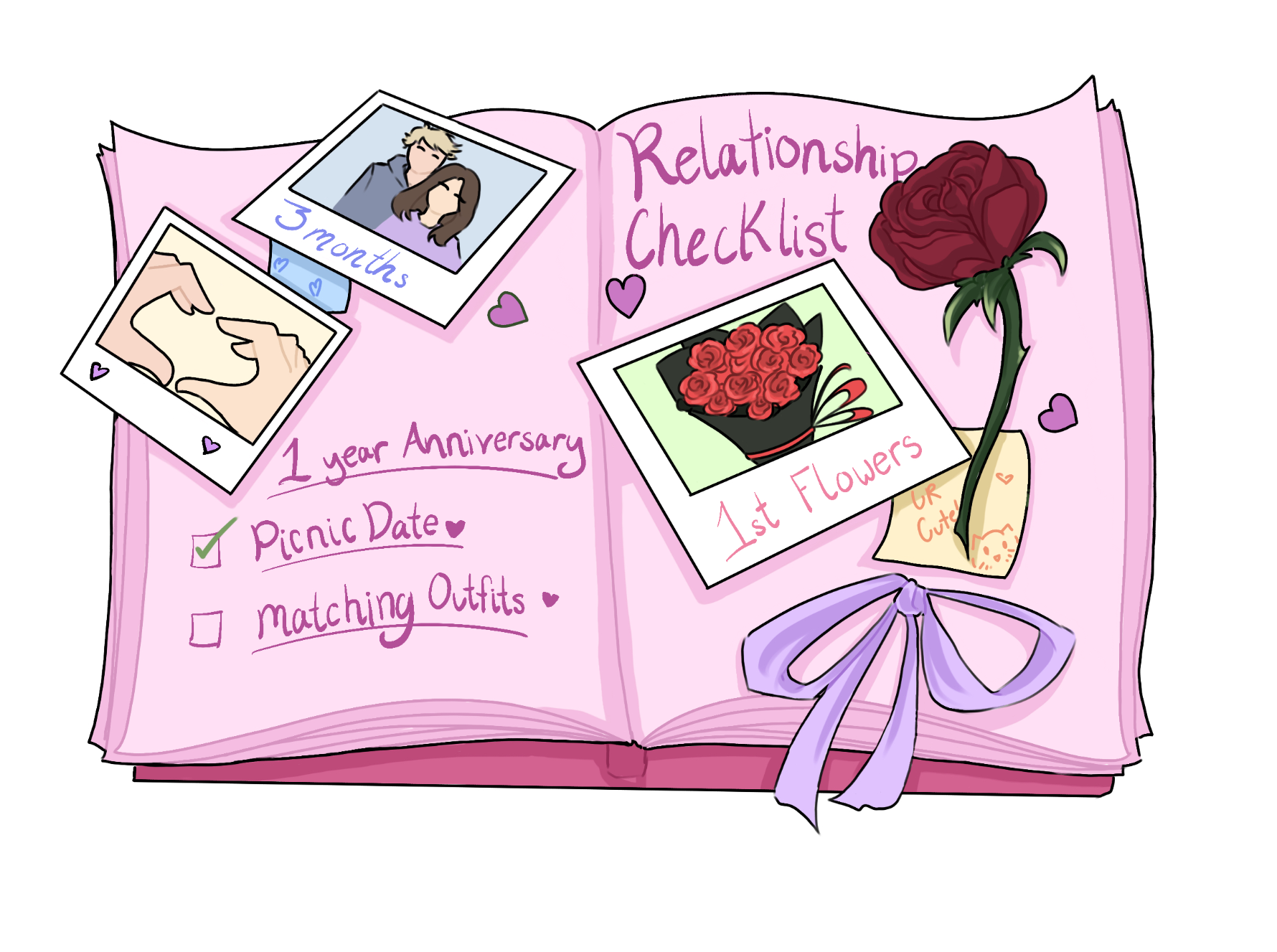
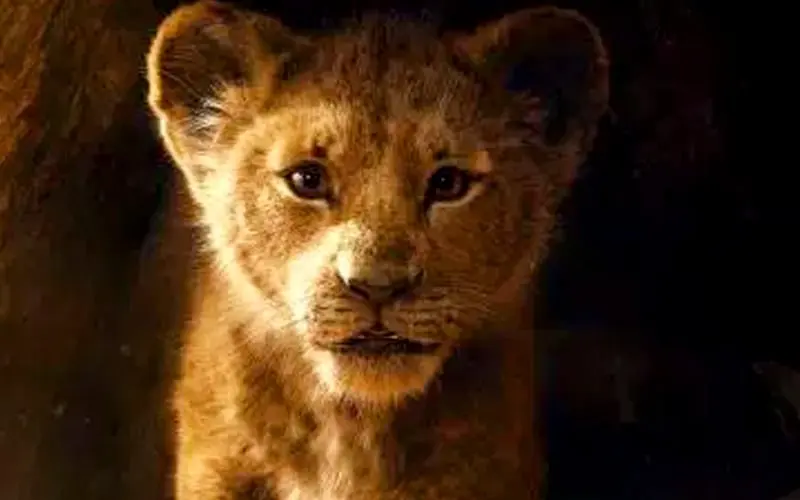
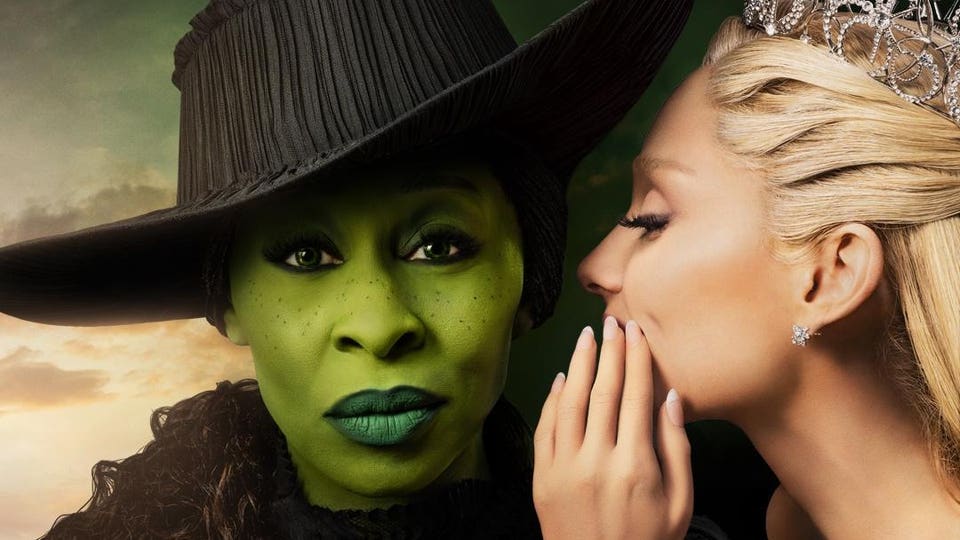
Adriana Patiño • Apr 28, 2025 at 1:36 pm
Wow!!! I’ve always had that question and I not only like your hypothesis but I completely agree with it. Today anyone can be a celebrity for a more short period of time. As Mr Packnick said it’s not right or wrong!!! However the actual celebrities, as I see it are far to be icons…. However this is an adult woman giving an opinion!!!
I really loved the article!!?